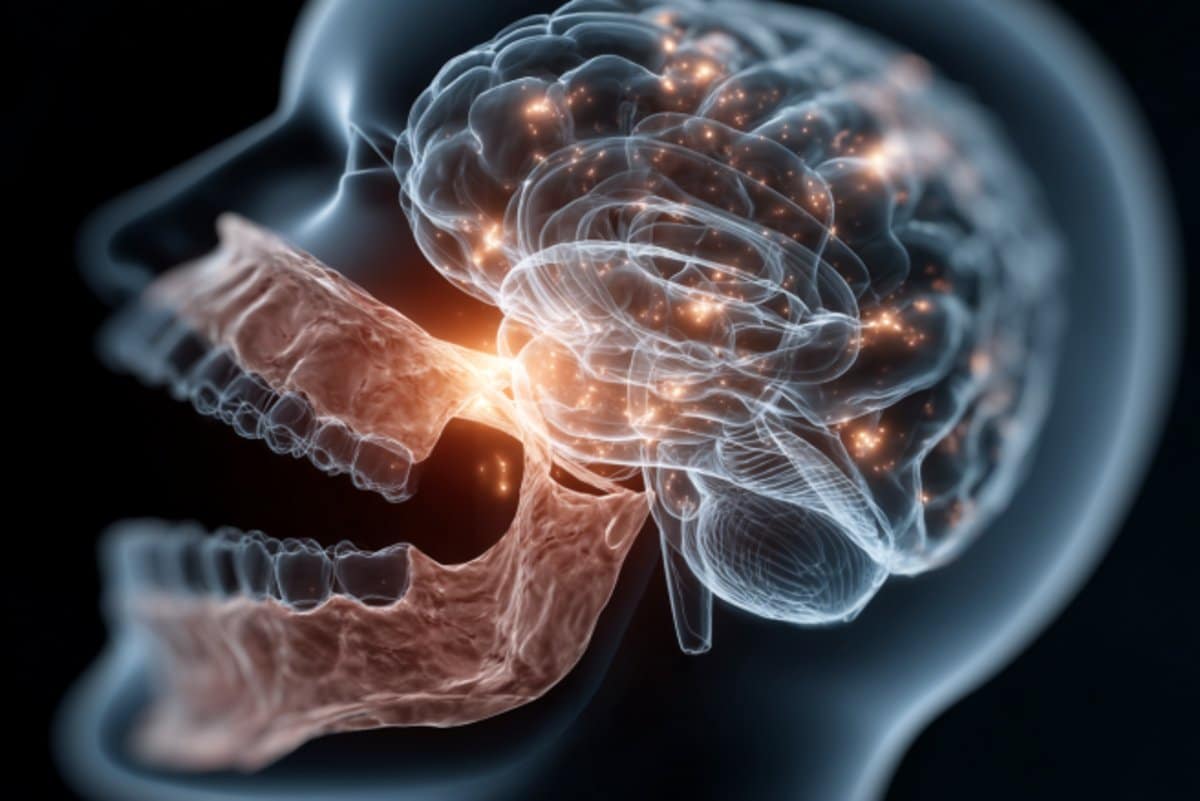Elon Musk unveils Macrohard AI project that could ‘simulate Microsoft’s entire operations’
Elon Musk announces Macrohard, a project aimed at simulating Microsoft with advanced AI technology in a cheeky twist.
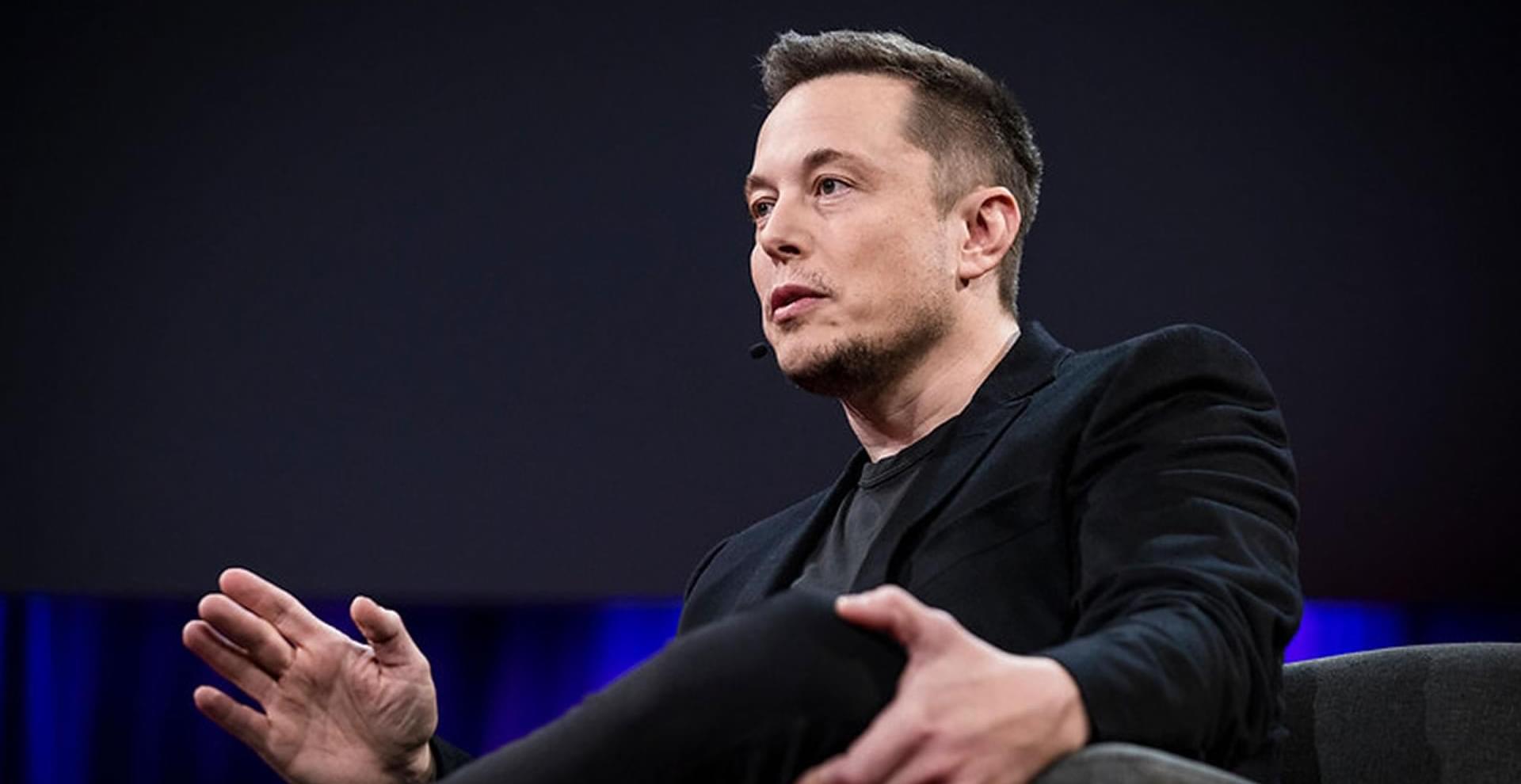
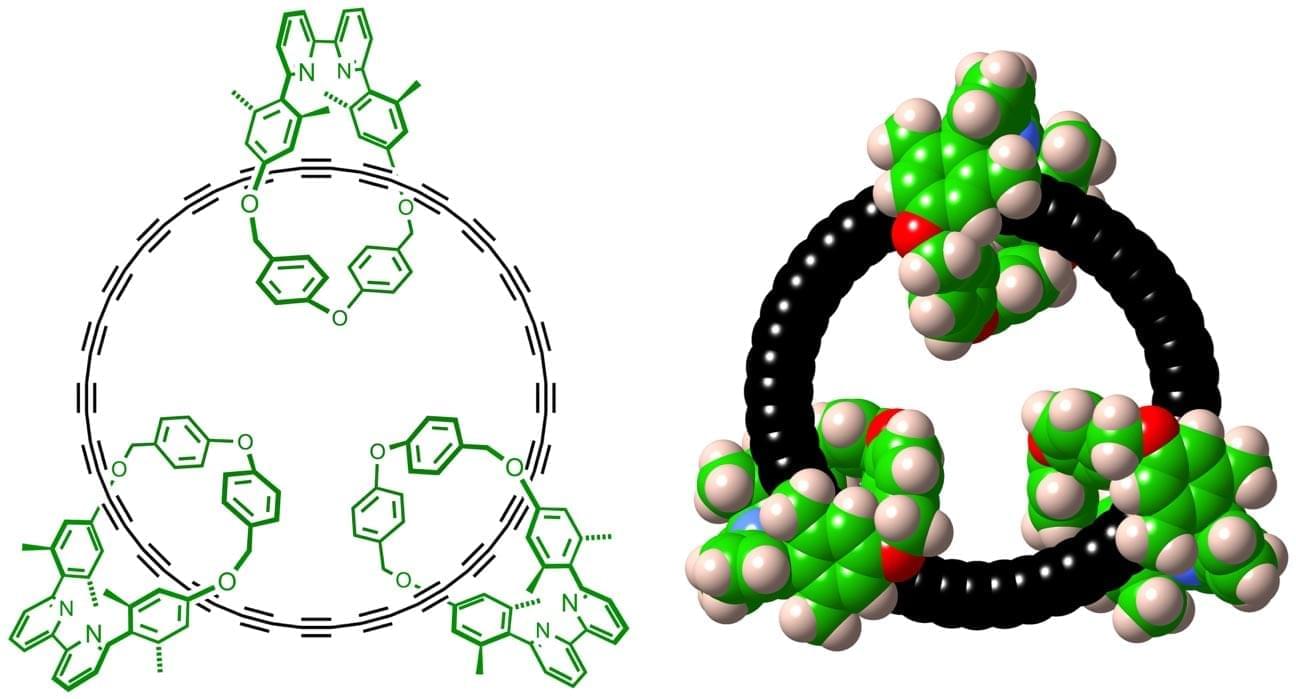
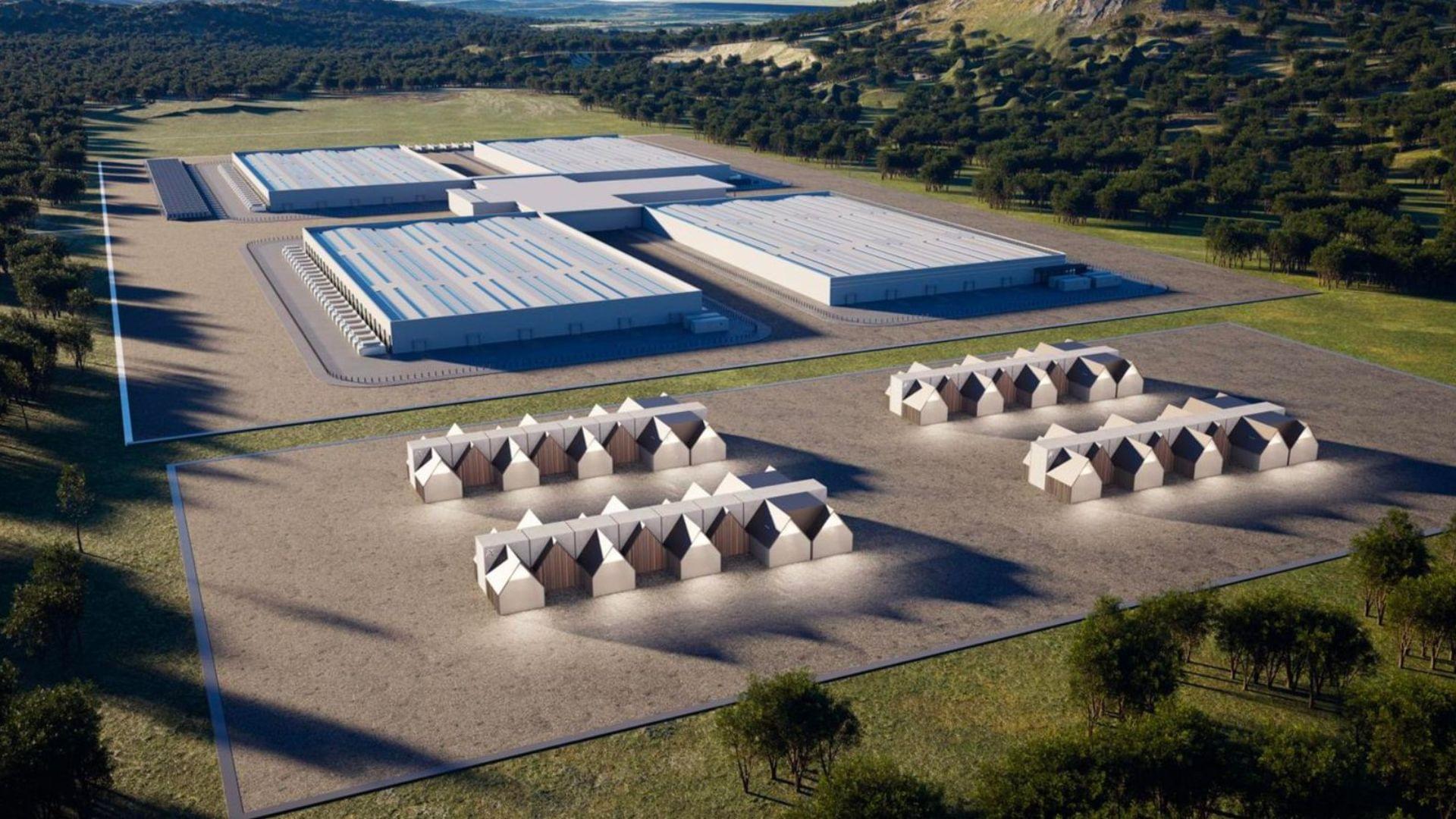
US taps 11 firms to fast-track advanced nuclear reactor projects by 2026.
The United States has picked 11 advanced reactor projects to begin President Trump’s Nuclear Reactor Pilot Program.
The US Department of Energy (DOE) announced on Tuesday that it will work, alongside the industry, with these 11 projects to construct, operate, and achieve criticality of at least three test reactors using the DOE authorization process by July 4, 2026.
The selection is a major step towards streamlining nuclear reactor testing and opening a new pathway toward fast-tracking commercial licensing activities.

Today, China dominates the processing of rare earth elements, refining around 60 percent of those materials for the world. With demand for such materials forecasted to skyrocket, the Biden administration has said the situation poses national and economic security threats.
Substantial quantities of rare earth metals are sitting unused in the United States and many other parts of the world today. The catch is they’re mixed with vast quantities of toxic mining waste.
Phoenix Tailings is scaling up a process for harvesting materials, including rare earth metals and nickel, from mining waste. The company uses water and recyclable solvents to collect oxidized metal, then puts the metal into a heated molten salt mixture and applies electricity.


A Yale interventional cardiologist explains how a new clip can fix a faulty tricuspid valve, relieving symptoms for patients who once had limited options.
There weren’t always good solutions for repairing a faulty tricuspid valve, the valve on the right side of the heart that allows blood to flow from the top chamber to the bottom one. In fact, for many years, a lack of safe and effective treatments contributed to the tricuspid’s nickname: “the forgotten valve.”
For the 1.6 million people in the United States who have tricuspid valve regurgitation, a condition in which a faulty tricuspid valve causes blood to leak backwards (or backflow), medication has difficult side effects, including serious kidney problems. And while open heart surgery can effectively repair the condition, it’s risky for many patients who are older, have tricuspid-related issues such as liver disease, and may have other medical conditions that are more common with age. But without treatment, they experience a poor quality of life, with symptoms such as irregular heart rhythms, fatigue, swelling in the legs, shortness of breath, and, in severe cases, heart failure.
(November 2024)
A Yale Medicine interventional cardiologist discusses a new minimally invasive clip for tricuspid valve regurgitation, a treatment that can help some patients avoid open heart surgery.

Imagine you are a security guard in one of those casino heist movies where your ability to recognize an emerging crime will depend on whether you notice a subtle change on one of the many security monitors arrayed on your desk. That’s a challenge of visual working memory.
According to a new study by neuroscientists in The Picower Institute for Learning and Memory at MIT, the ability to quickly spot the anomaly could depend on a theta-frequency brain wave (3–6 Hz) that scans through a region of the cortex that maps your field of view.
The findings in animals, published in Neuron, help to explain how the brain implements visual working memory and why performance is both limited and variable.
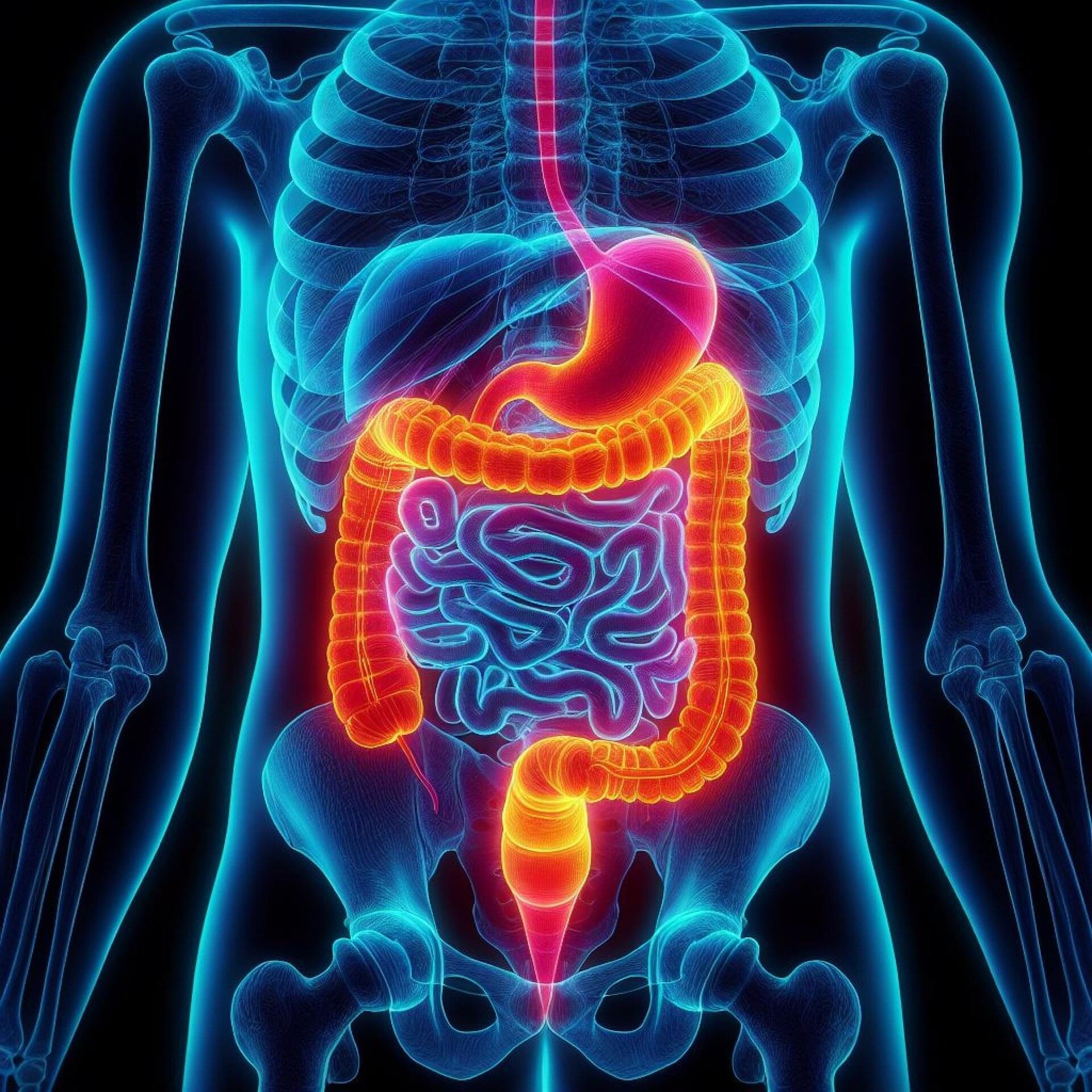
Australian researchers have identified two nervous system components that drive tumor growth in gastrointestinal cancers, creating promising new avenues for treatment with existing approved therapies.
Our gut contains its very own nervous system and is commonly regarded as the second brain. Key players of this system are neuropeptides, the signaling factors that are produced and released by nerves. These factors relay messages throughout our nervous system by connecting to receptors on the outside of cells, influencing a variety of processes.
The team at the Olivia Newton-John Cancer Research Institute (ONJCRI) and La Trobe School of Cancer Medicine discovered that CGRP, a common neuropeptide, and its receptor RAMP1 influence tumor growth in colorectal and stomach cancers.

A team of physicists has discovered a method to temporarily halt the ultrafast melting of silicon using a carefully timed sequence of laser pulses. This finding opens new possibilities for controlling material behavior under extreme conditions and could improve the accuracy of experiments that study how energy moves through solids.
The research, published in the journal Communications Physics, was led by Tobias Zier and David A. Strubbe of the University of California, Merced, in collaboration with Eeuwe S. Zijlstra and Martin E. Garcia from the University of Kassel in Germany. Their work focuses on how intense, ultrashort laser pulses affect the atomic structure of silicon—a material widely used in electronics and solar cells.
Using advanced computer simulations, the researchers showed that a single, high-energy laser pulse typically causes silicon to melt in a fraction of a trillionth of a second.
